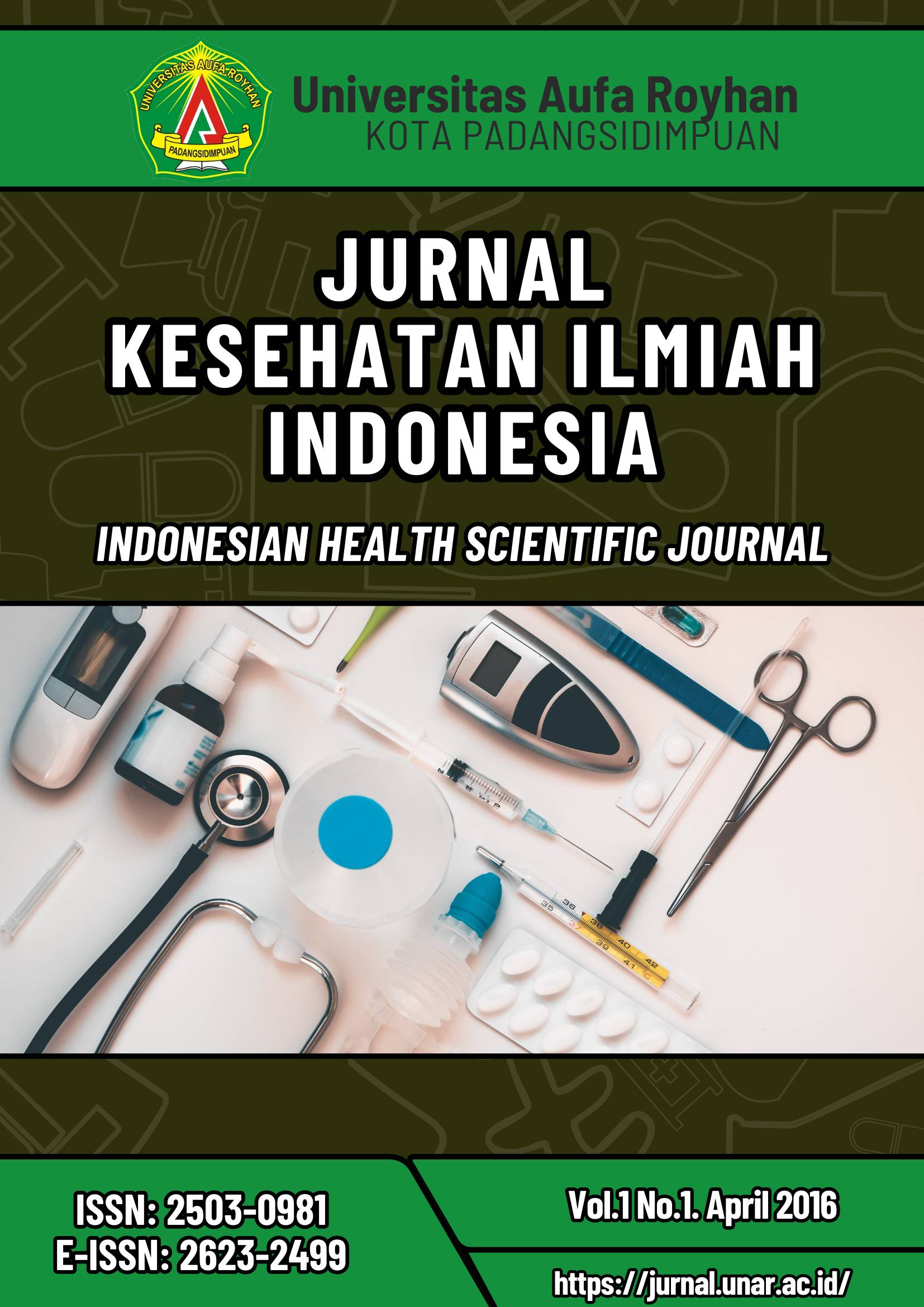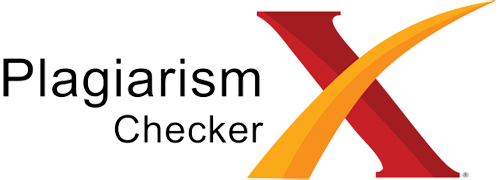EFEKTIVITAS PELATIHAN PENDIDIK SEBAYA (PEER GROUP) TERHADAP PENGETAHUAN DAN SIKAP SISWA SMA N 1 PADANGSIDIMPUAN TENTANG PENCEGAHAN NAPZA DI KOTA PADANGSIDIMPUAN TAHUN 2016
Keywords:
Peer Education, Knowledge, Attitude, NAPZAAbstract
NAPZA is the acronym of Narkotika (narcotic), Psikotropika (psychotropic), and Zat Adiktif
(addictive substances) which includes natural substances or synthetic which will cause the changes in
physical and psychic functions and will also cause dependence if it is consumed. Teenagers are very
vulnerable to consume narcotic because of their getting pressure from their peer group, their curiosity to
try it, and their ego.
The objective of the research was to know the influence of the pre and post peer group training on
knowledge and attitude of SMA I students at Padangsidempuan about the prevention from NAPZA at
Padangsidempuan. The type of the research was quasi experiment with non-equivalent control group
design. The population was all 414 tenth and eleventh grade students in the academic year of 2012-2013.
The samples were 26 students from Class X (eight classes) and Class XI (five classes). The data were
analyzed by using univatriate and bivatriate analysis with wilcoxon test.
The result of the analysis showed that there was the disparity of the effectiveness of teenagers’
knowledge in the treatment group before and after the training with p=0.002, and there was the disparity
of effectiveness of teenagers’ attitude in the treatment group before and after the training with p=0.001.
It is recommended that the management of SMA Negeri I, Padangsidempuan, perform selfdevelopment
program which might be run by an organization so that the students can participate or be
involved in any school activity, spend their spare time in positive activities, and cooperate with the their
parents in order that their parents will know their children’s success in any competition in the future.
Downloads
Published
How to Cite
Issue
Section
License
Indonesian Health Scientific Journal (JKII) is licensed under Creative Commons Attribution-ShareAlike 4.0 International.
Authors retain copyright and grant the journal right of first publication with the work simultaneously licensed under a Creative Commons Attribution-ShareAlike 4.0 International that allows others to share the work with an acknowledgment of the work’s authorship and initial publication in this journal.















